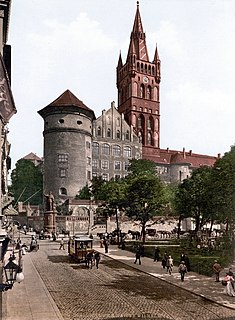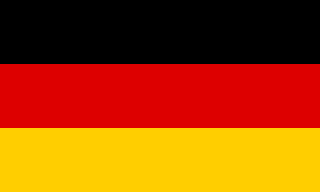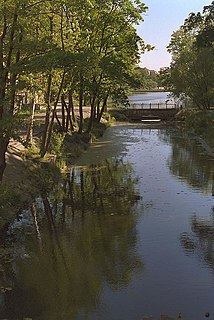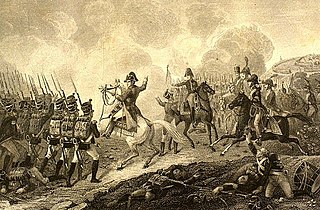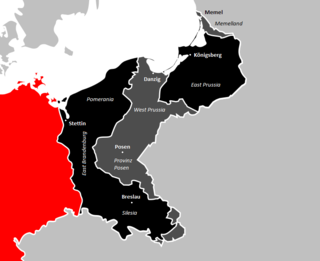
The Lower Pond is a large artificial pond in northern Kaliningrad, Russia. It was known as the Schlossteich while part of Königsberg, Germany, until 1945.
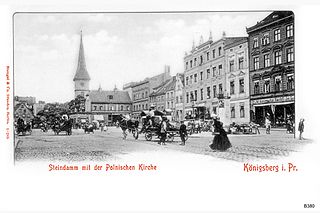
Steindamm was the oldest quarter of Königsberg, Germany. Its territory is now part of Kaliningrad, Russia.
A Freiheit was a quarter of medieval Königsberg, Prussia. All land surrounding Königsberg belonged to the Teutonic Knights, aside from specific tracts allocated to Königsberg's constituent towns or castle. The tracts, originally pastures and farmland, developed into suburbs subordinate in administrative, judicial, religious, and educational matters.

Burgfreiheit or Schlossfreiheit was a quarter of Königsberg, Germany. Its territory is now part of Kaliningrad, Russia.

Neurossgarten was a quarter of northwestern Königsberg, Germany. Its territory is now part of Kaliningrad, Russia.
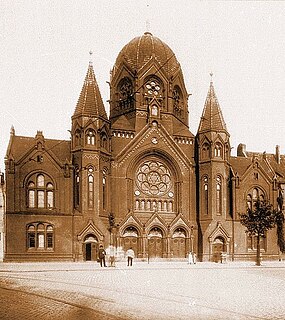
Lomse was a quarter of eastern Königsberg in Germany. Lomse was located on the western end of Lomse Island in the Pregel River; the large island is now known as October Island. The Neuer Pregel, the northern branch of the river, separated Lomse from Kneiphof to the west, Altstadt to the northwest, and Löbenicht to the north. Lomse's territory is now part of Kaliningrad's Moskovsky District and Lomse is now known as Oktyabrsky Island, in honor of the October Revolution.

Tragheim Church was a Protestant church in the Tragheim quarter of Königsberg, Germany.
Maraunenhof was a suburban quarter of northern Königsberg, Germany. Its territory is now part of the Leningradsky District of Kaliningrad, Russia.
Rothenstein was first a suburb of and then a quarter of northeastern Königsberg, Germany. Its territory is now part of the Leningradsky District of Kaliningrad, Russia.
Tragheimer Palve was first a suburb of and then a quarter of northern Königsberg, Germany. Its territory is now part of the Leningradsky District of Kaliningrad, Russia.
Ballieth was first a suburban estate and then a quarter of Königsberg, Germany, located north of the city center. Its territory is now part of the Leningradsky District of Kaliningrad, Russia.
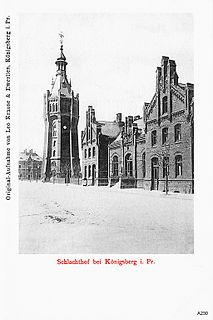
Rosenau was first a suburb of and then a quarter of Königsberg, Germany, located south of the city center. Its territory is now part of the Moskovsky District of Kaliningrad, Russia.
Hardershof was a suburban estate and then a quarter of northern Königsberg, Germany. Its territory is now part of the Tsentralny District of Kaliningrad, Russia.
Haffstrom was first a fishing village and then a quarter of southwestern Königsberg, Germany. Its territory is now part of the Moskovsky District of Kaliningrad, Russia.
Aweiden or Aweyden was first a suburb of and then a quarter of Königsberg, Germany, located south of the city center. Its territory is now part of the Moskovsky District of Kaliningrad, Russia.
The Bismarck-Oberlyzeum was a girls' gymnasium in Königsberg, Germany. It was named after statesman Otto von Bismarck.

The International Standard Book Number (ISBN) is a numeric commercial book identifier which is intended to be unique. Publishers purchase ISBNs from an affiliate of the International ISBN Agency.
Fritz Gause was a German historian, archivist, and curator described as the last great historian of his native city, Königsberg, East Prussia. Gause's most important work was his three-volume history of Königsberg, Die Geschichte der Stadt Königsberg in Preußen. He was connected to nationalist historic movement called Ostforschung
